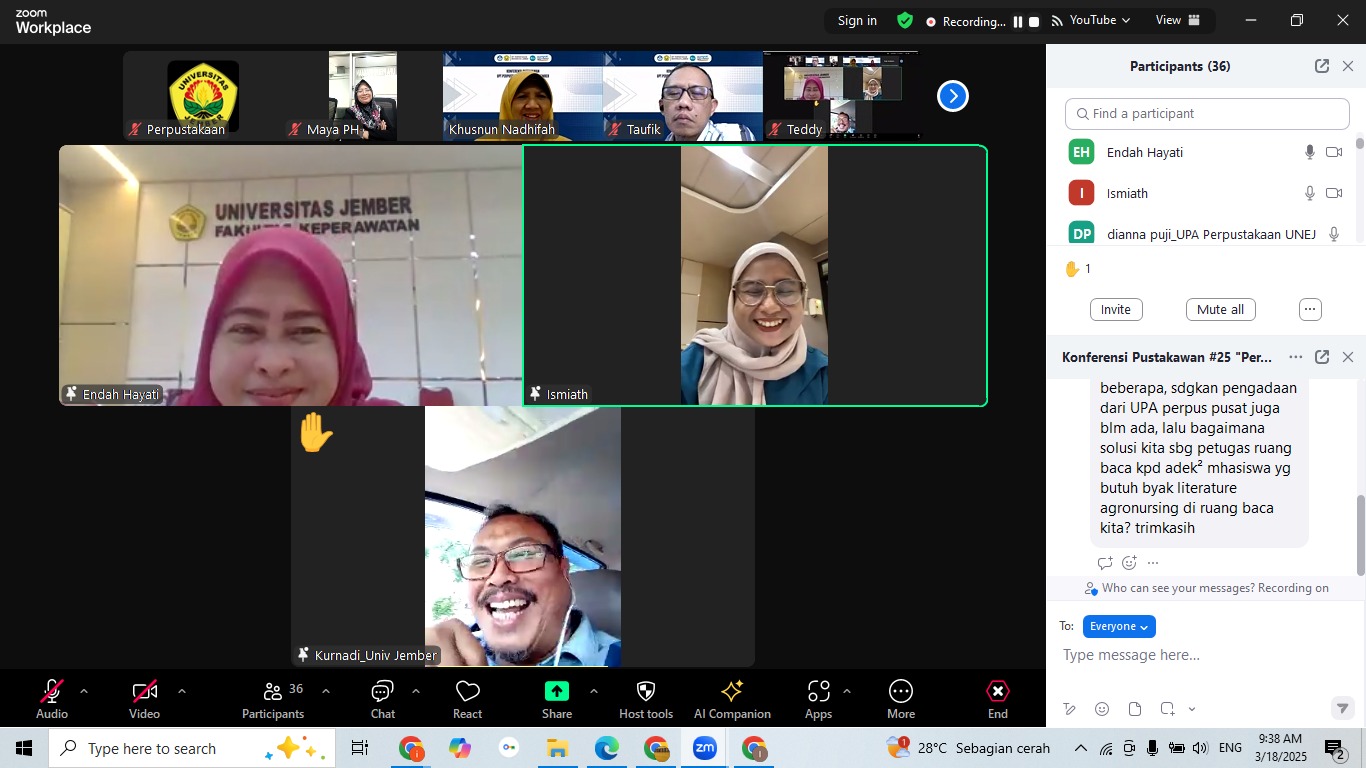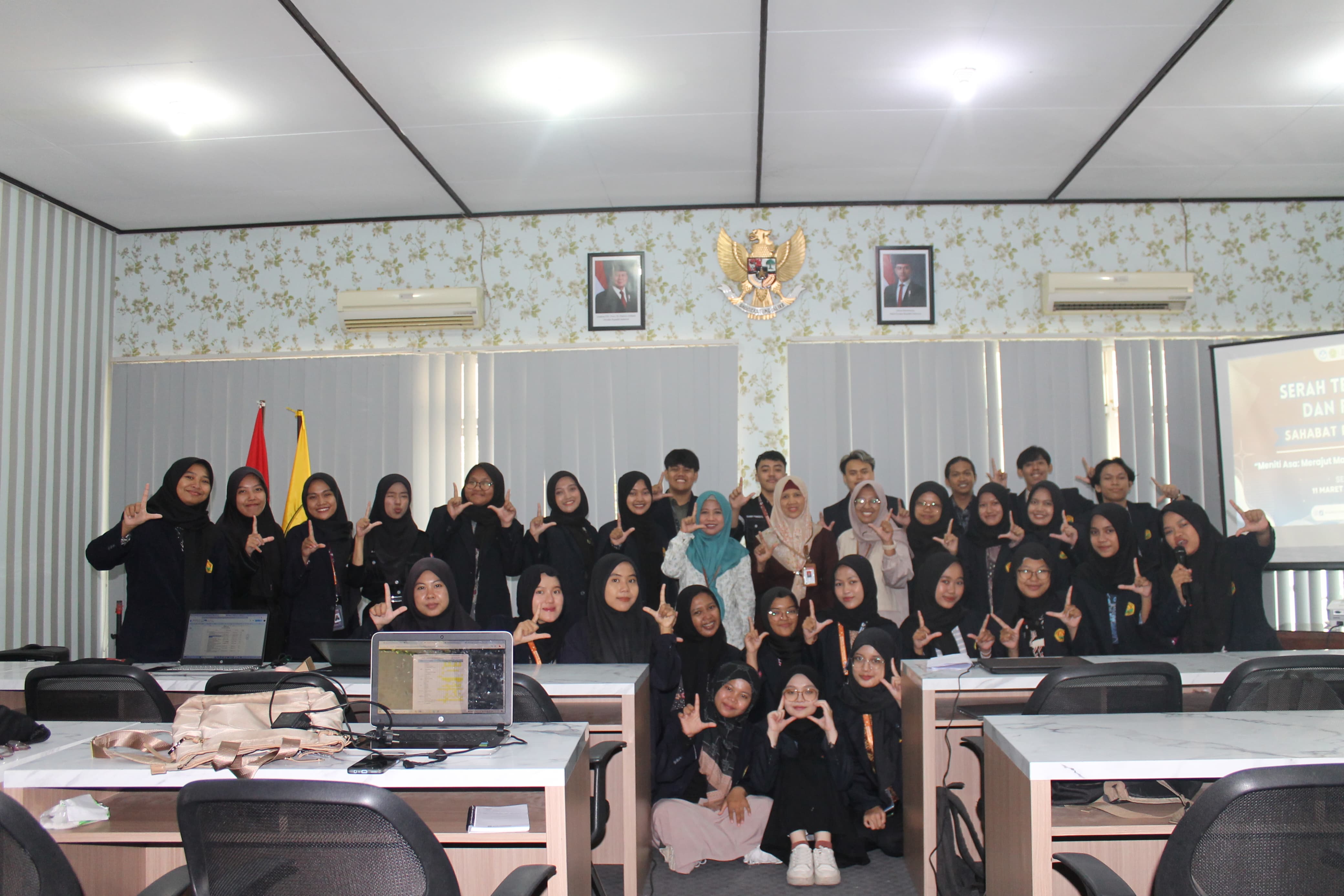
Tentang Kami
About Us
UPA Perpustakaan
Merupakan Unit Pendukung Akademis (UPA) yang bersama-sama dengan unit lain melaksanakan Tri Dharma Perguruan Tinggi (PT) melalui menghimpun, memilih, mengolah, merawat serta melayankan sumber informasi kepada civitas akademika Universitas Jember khususnya dan masyarakat akademis pada umumnya.
VISI
UPA Perpustakaan Universitas Jember sebagai perpustakaan modern dengan layanan prima yang mampu menunjang visi Universitas Jember.
MISI
Menyelenggarakan pembinaan dan pengembangan ketersediaan bahan pustaka dan informasi ilmiah sesuai dengan kebutuhan pemustaka secara berkelanjutan
Meningkatkan kualitas dan sistem manajemen layanan perpustakaan secara professional dengan memanfaatkan teknologi informasi
Membina dan mengembangkan jaringan kerjasama dengan pusat-pusat informasi dan lembaga terkait dalam dan luar negeri














